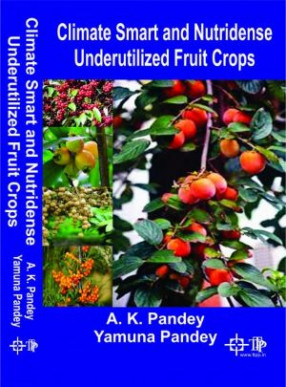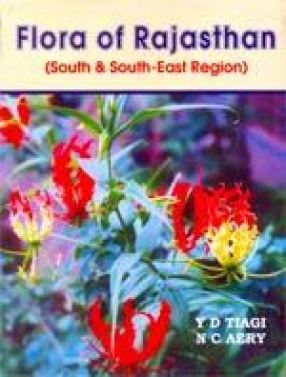Climate Smart and Nutridense Underutilized Fruit Crops
India, is the home of the world's most useful fruit plants thriving in diverse agro- ecological zones from the monsoon tropics of the south to temperate and alpine north- western Himalayas, from the extremely arid and semi-arid north-western plains to the humid tropics of the east. Over 300 species of fruits, including temperate, subtropical and tropical, are growing in the country. Apart from major fruits, a wide variety of underutilized crops, which are neither commercially cultivated nor traded on a large scale, are mainly grown, commercialized and consumed locally. These underutilized fruits have many advantages in terms of ease to grow, hardiness and resilience to climate changes compared to the major commercially grown crops. However, despite of being nutrient-dense and possessing the unique potential to survive under uncongenial conditions, underutilized fruits have not yet received the adequate attention of researchers for their genetic improvement, advancement of production and protection protocols and recent advances of post harvest management and value addition, and most of our efforts are restricted to only major commercial fruit crops. The possible reasons for the low utilization of minor fruits, in spite of their immense nutritional and medicinal importance are insufficient availability of planting material, lack of awareness and dearth of scientific information. Hence, there is an urgent need to tap the potential of underutilized fruits to address the nutritional security, economic prosperity and overall the impact of changing climatic conditions.
The book entitled "Climate Smart and Nutridense Underutilized Fruit Crops" has been compiled which includes a total of 38 minor fruits grown in the country in varied climatic conditions ranging from tropical- subtropical to arid regions. Further, under the text, some minor fruit crops of Himalayan region like Japanese persimmon, sea buckthorn, Himalayan raspberry, Indian butter tree (Diploknema butyracea (Roxb.) H.J. Lam) has also been included. Each underutilized fruit crop has been described under the important heads viz. Introduction, Nutritional, medicinal importance, Botanical description, improved varieties/cultivars, agro-techniques, plant protection measures, post harvest and value addition protocols followed by Genetic Resources and Improvement and Micro-propagation techniques. The Authors are well confident that the information given in the book will be of immense use to students, researchers, nutrition experts who are prioritizing their research to tap the potential natures unique wealth of underutilized fruits and their wild taxa along with planners and policy makers who engaged in rendering the services in strengthening biodiversity of underutilized fruit agros in changing climatic conditions.
Get it now and save 10%
BECOME A MEMBER











Bibliographic information
Yamuna Pandey